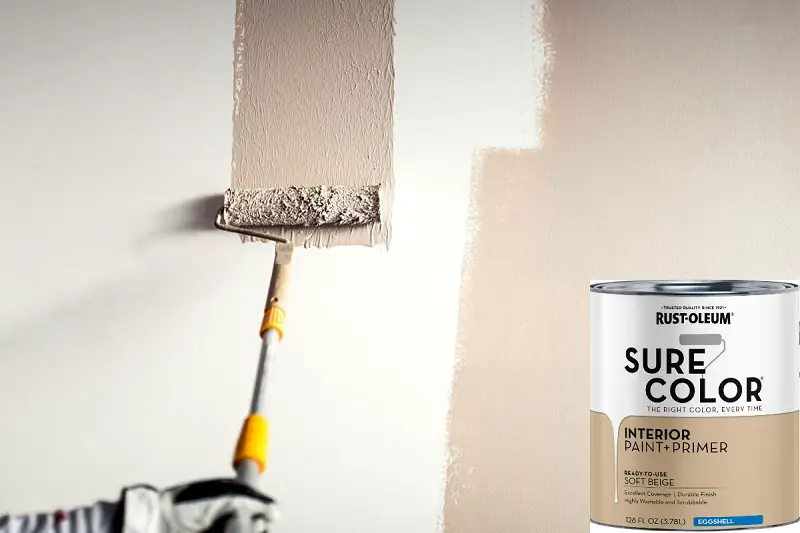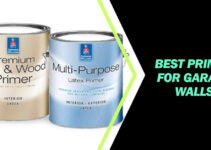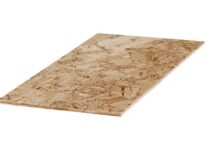Garage walls often face a unique set of challenges due to their exposure to various elements and the activities that take place in the space.
When it comes to painting garage walls, choosing the right type of paint is crucial for achieving both aesthetics and functionality.
One popular option for garage walls is eggshell paint. In this article, we will explore the benefits of using eggshell paint for garage walls, considerations when choosing it, the process of painting, and maintenance tips.

Benefits of Using Eggshell Paint for Garage Walls
Eggshell paint offers several advantages that make it suitable for garage walls.
Firstly, its durability and resistance to wear and tear make it ideal for a space where tools, equipment, and vehicles may cause accidental bumps or scratches.
The paint’s ability to withstand such minor impacts helps maintain the appearance of the walls over time.
Another benefit of eggshell paint is its ease of cleaning and maintenance. Garage walls are prone to accumulating dust, dirt, and grease, and with eggshell paint, cleaning becomes a breeze. A gentle wipe-down or a mild cleaning solution can effectively remove stains, leaving the walls looking fresh and clean.
Eggshell paint provides a smooth and uniform finish to the walls, enhancing the overall appearance of the garage.
The paint’s low sheen level helps to hide minor imperfections, such as small dents or surface irregularities, providing a more polished look.
Furthermore, eggshell paint has a light-reflecting property that can brighten up the garage space. Garages typically have limited natural light sources, and using eggshell paint can help bounce light around the room, making it feel more open and inviting.
Considerations When Choosing Eggshell Paint
Before diving into a painting project, it’s essential to consider various factors to ensure the best results. When selecting eggshell paint for garage walls, keep the following considerations in mind.
Color options play a significant role in the overall aesthetics of the garage. Lighter colors can make the space appear larger and more spacious, while darker colors can add depth and character.
Choose a color that aligns with your personal preference and complements the overall design scheme of your garage.
Another crucial factor is the quality and
coverage of the paint. Opt for a reputable brand known for its durability and coverage. The better the quality, the longer your painted walls will last, even in a demanding environment like a garage.
Volatile Organic Compounds (VOCs) are chemicals present in many paints that can emit harmful gases. It is advisable to choose low or zero-VOC eggshell paint options, as they are more environmentally friendly and have less impact on indoor air quality.
Budget is also a consideration, as prices for eggshell paint can vary. Determine your budget and select a paint brand that offers good value for money while meeting your specific requirements.
Preparing Garage Walls for Eggshell Paint
Proper preparation is key to achieving a long-lasting and professional-looking paint job. Follow these steps to prepare your garage walls for eggshell paint.
Start by cleaning the walls thoroughly to remove any dirt, grease, or other debris. A mild detergent solution and a sponge or cloth can help remove stubborn stains. Rinse the walls with clean water and allow them to dry completely before proceeding.
Next, inspect the walls for any imperfections, such as cracks, holes, or dents. Use a patching compound to fill in these imperfections, ensuring a smooth and even surface. Once the compound has dried, sand the patched areas gently to blend them with the rest of the wall.
To improve the adhesion of the eggshell paint, it is essential to prime the walls. Apply a coat of primer specifically designed for the surface material of your garage walls. The primer will create a uniform surface and enhance the paint’s durability.
Steps to Paint Garage Walls with Eggshell Paint
Now that your garage walls are properly prepped, it’s time to paint them with eggshell paint. Follow these step-by-step instructions for a successful painting process.
- Gather all the necessary tools and materials, including eggshell paint, a roller, a paintbrush, a paint tray, painter’s tape, drop cloths or plastic sheets to protect the floor, and appropriate safety gear.
- Apply painter’s tape along the edges and corners of the walls to protect adjacent surfaces, such as trim or ceilings, from accidental paint splatters.
- Begin by using a paintbrush to cut in along the edges of the walls and around any fixtures or outlets. This technique ensures a neat and precise paint application.
- Pour the eggshell paint into a paint tray and load the roller evenly. Start rolling the paint onto the walls in a “W” or “M” pattern, working from top to bottom. Maintain consistent pressure to ensure even coverage.
- After the first coat, allow it to dry according to the paint manufacturer’s instructions. Depending on the coverage and desired color intensity, apply additional coats as needed, allowing sufficient drying time between each coat.
- Once the final coat is dry, inspect the walls for any touch-ups or missed spots. Use a paintbrush to correct any imperfections before declaring the project complete.
Maintenance Tips for Eggshell Painted Garage Walls
To prolong the life and appearance of your eggshell painted garage walls, follow these maintenance tips:
- Regularly clean the walls using a soft cloth or sponge and a mild detergent solution. Avoid abrasive cleaning agents that can damage the paint.
- Address any chips or scratches promptly by touching up the affected areas with matching paint. This will prevent further damage and maintain a consistent look.
- Avoid excessive moisture and humidity in the garage, as these conditions can lead to paint peeling or bubbling. Proper ventilation or the use of dehumidifiers can help mitigate this issue.
Other Types of Paint for Garage Walls
While eggshell paint offers many benefits, it’s worth exploring other paint options for your garage walls, depending on your specific needs.
- Flat/matte paint: Provides a non-reflective finish, suitable for hiding surface imperfections. It may not be as durable or easy to clean as eggshell paint.
- Satin paint: Offers a subtle sheen that is more washable than flat/matte paint. It strikes a balance between durability and aesthetics.
- Semi-gloss paint: Provides a higher sheen and increased durability, making it more resistant to stains and moisture. It is a popular choice for garage walls that require frequent cleaning.
- High-gloss paint: Offers a shiny, reflective finish that is extremely durable and easy to clean. It may highlight surface imperfections.
Consider your specific requirements and consult with professionals or paint experts to determine the best paint type for garage walls.
Conclusion
Eggshell paint is a practical and visually appealing option for garage walls. Its durability, ease of maintenance, smooth finish, and light-reflecting properties make it an excellent choice for this unique space.
By considering factors such as color options, paint quality, and proper preparation, you can achieve a professional-looking paint job that enhances the overall aesthetics and functionality of your garage.
Remember to regularly clean and maintain your eggshell-painted walls to preserve their appearance and longevity. With proper care, your garage walls will continue to provide a clean and inviting environment for your projects and activities.


